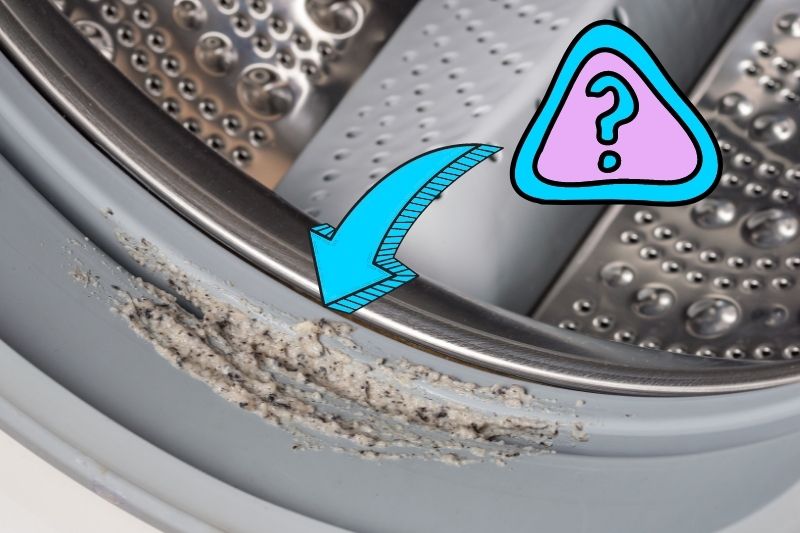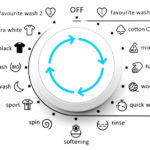Like most things in life, washing machines need a little love every now and again to keep them working to the best of their ability.
Without regular cleaning, washing machines can develop nasty black bits that will find their way onto your clothing during the wash cycle, and end up covering the inside of the drum, the filter, hoses, gasket and more.
What Are the Black Bits in Washing Machines?
The black bits in washing machines are essentially a build up of bacteria, grease, and mould. Over time and without regular cleaning, a washing machine will get clogged up with leftover detergent and debris, which will then become a perfect breeding ground for bacteria and mould.
Once these nasties have built up, they will start coming away during your wash cycle, leaving nasty black spots on your laundry.
What Causes the Black Bits?
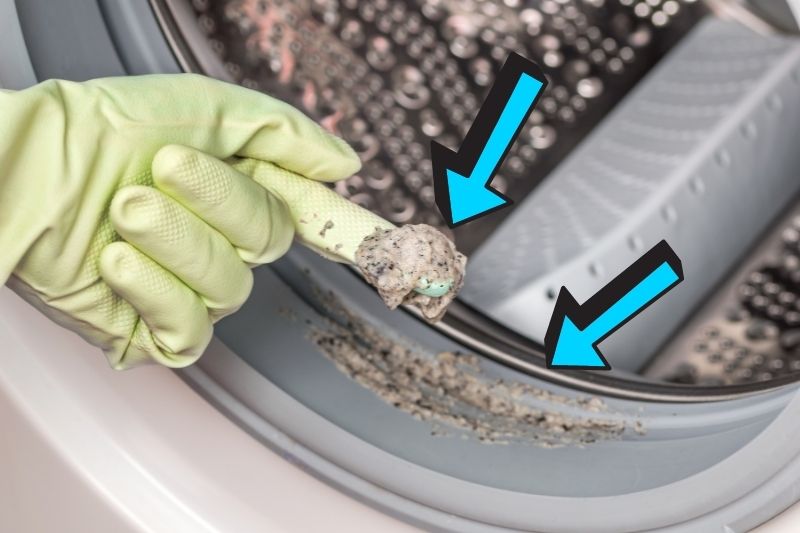
There are a variety of things that can cause black bits in the washing machine, and unfortunately one of the most common is as the by-product of being more environmentally friendly.
Washing machine cycles are getting cooler, and detergents are getting more gentle and environmentally friendly. Whilst these are steps in the right direction for the environment, it does mean that the inside of your washing machine might not be as clean as it would have been years ago.
Modern detergents are less likely to contain bleach or harsh chemicals (to the benefit of the environment and your skin!), but this unfortunately can lead to a build-up of bacteria.
If you use less than the recommended amount of detergent in each wash, this can also lead to a build-up of bacteria and mould.
How to Clean a Washing Machine
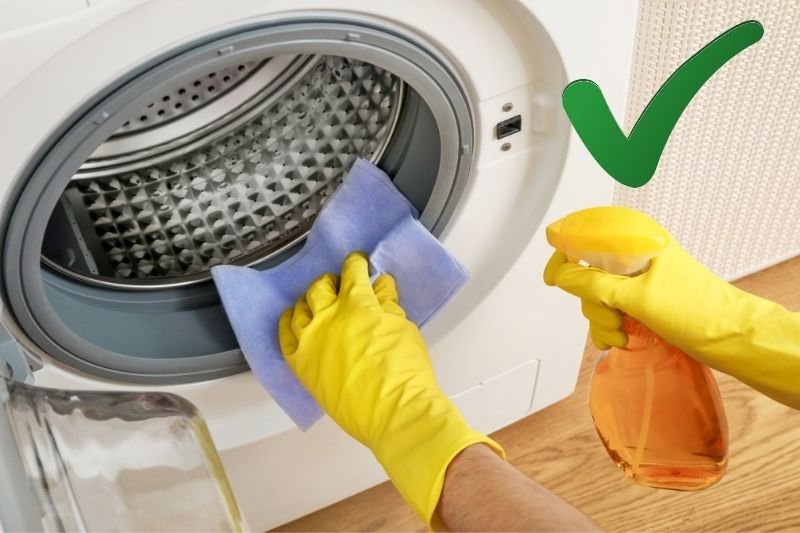
The best way to tackle black bits in a washing machine is to give it a deep clean.
The first thing that you will need to do is thoroughly clean the gasket, the detergent drawer, the inside of the drawer, and the filter. Once this is done, you can move on to the inside of the washing machine.
Maintenance wash
Some modern washing machines have a built-in service wash designed for this exact purpose. If your machine does have a built-in service wash cycle, check the manufacturer’s directions on how this works and what (if any) chemicals you should use to achieve best results.
If your washing machine does not have this cycle built-in, you need to simply run an empty wash cycle that is as hot as possible. You can buy commercial washing machine cleaners for an extra boost of cleaning power, however there are more gentle alternatives that you could use.
Bicarbonate of soda and white vinegar
You can achieve great results when cleaning a washing machine with those household favourites that are bicarbonate of soda and distilled white vinegar. First, put a couple cups of bicarbonate of soda directly into the drum of the washing machine, then run a long, hot cycle.
Next, add distilled white vinegar to the detergent drawer and directly in the drum, before running a second hot cycle. These two cycles will break down any mould, bacteria deposits, and other nasties that have built up in your washing machine.
Preventing the Black Bits
Preventatives are always better than the cure. To stop the black bits just coming back after you have gotten rid of them, try these following tips.
Air out the machine
At the end of each cycle, leave the main door and detergent drawer propped open. This will allow air to circulate throughout the machine, drying the surfaces. By taking the moisture out of the machine, you can reduce the chances of the mould and mildew coming straight back.
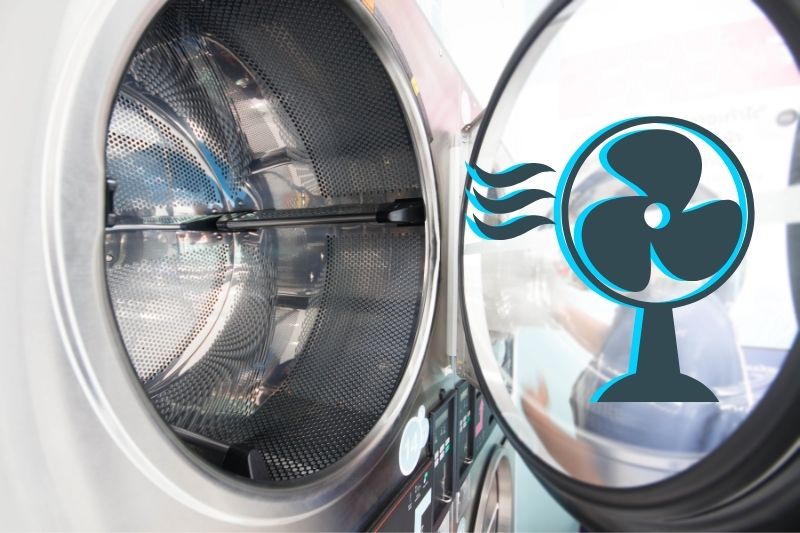
Remove laundry immediately
For the same reason, it is advisable to remove laundry from the washing machine as soon as the cycle finishes. If laundry is left in the drum, not only will it start to smell, but it will create the closed, moist environment that bacteria can thrive in.
Use the correct amount of detergent
It is also crucial that you always use the correct amount of detergent. If you use too little, bacteria and grime will be left behind at the end of a cycle. If you use too much, it will build up inside the machine, leading to blockages and bacteria.
Clean the machine regularly
The best solution is to make sure that you run a maintenance cycle on your washing machine regularly, ideally once a month. This will get rid of any bacteria that has managed to build up during your usual laundry cycles. This is especially important if you wash your laundry on low temperatures with only gentle detergents.

Lover of coffee, painting, and all things cute and fluffy. I’m always on the lookout for easier, more gentle ways to tackle awful household chores.
